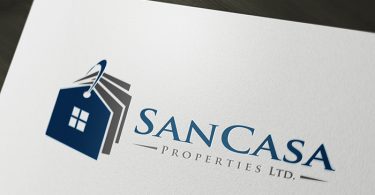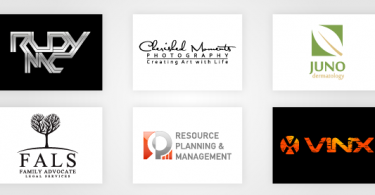Many entrepreneurs think that the icon for their logo should be a picture that appeals to them personally. They go into the logo design process looking to create an icon with personal symbolic meaning, because they think that the icon’s job is to appeal to them personally as well as to look interesting.
This is a case of the icon’s job description not being well written. In a perfect world, entrepreneurs love their logo icons—and personally identify with their meaning. But, that’s the logo icon’s last, and least important, job. First, it must do several more important jobs for your company.
What could be more important than appealing to the person running the business?
After all, if you love your logo, there’s a good chance other people will see it and like it as well—and you want your logo to get compliments, right?
Wrong. At least, partially wrong. The logo icon’s main job is to tell your brand story through the visual meaning of the symbols it uses.
Your logo’s icon is a drawing or piece of art composed of symbols that have visual meaning. This visual meaning is called symbology, and it can help your logo to communicate with your customer.
There are two major types of symbols: abstract and representational. Abstract symbols are drawings that don’t necessarily look like a thing or object. They can be basic shapes such as circles, squares, triangles—even dodecahedrons—and swooshes. Representational symbols look like a thing, object, animal, or person.
An abstract symbol of a circle can be used to symbolize trust, completeness, or to highlight another foreground element. A representational symbol of a leaf can be used to represent nature, growth, health, or eco-friendliness. You can even layer these elements one on top of another—a leaf on a circular background, perhaps—to give your logo icon more visual meaning.
How do you decide which symbolic message your logo should send?
There’s a good chance that your company wouldn’t be best served by a logo that consists of a circle or leaf, but then, how do you decide what your logo should look like?
The message your icon communicates should tell the most important part of your business’s brand definition story. Your brand definition consists of who you are, what you do, what makes you different from your competition, and who you work best with. Usually, when you put your thoughts about these 4 elements down on paper, you find that you have some simple but compelling ideas about these areas of your business. And one or two are truly interesting from your customers’ point of view.
Those thoughts are the foundation for what you want your logo to say. Just which symbols communicate your story is hard to say without knowing it, but once you have defined your brand and know which portions of it are really compelling for your customers, you can do some symbolic research (and there are plenty of books and websites about symbols) or hire a designer to translate that definition into symbols for you.
You said that the icon has several other jobs. What else does it have to do?
Your logo’s icon has a handful of other jobs. It has to be:
- Memorable — it should stick in your customers’ minds. Your logo icon will become the face of your business, so you want to make sure it is easy to remember.
- Unique — so that your logo doesn’t look like any of your competitors’ logos. You don’t want to get confused with them—or sued for copyright infringement.
- Scalable — so that you can blow it up to the size of a billboard or shrink it down to the size of a postage stamp. This will enable you to use it across all of your marketing materials, regardless of size.
- Timeless — so that it doesn’t wind up looking dated or “cheesy” in a couple of years. This will ensure that you don’t have to redesign it just as your customers are getting to know and recognize it.
- Appealing — so that your customers like it and are pleased when they see it, and so that you can tolerate (notice, I didn’t say “love”) looking at it for years to come.
If your logo icon can accomplish these 6 jobs—in this order of importance—you’ll have a design that will work well for your company and help you connect with your customers.
Subscribe to our Newsletter!


